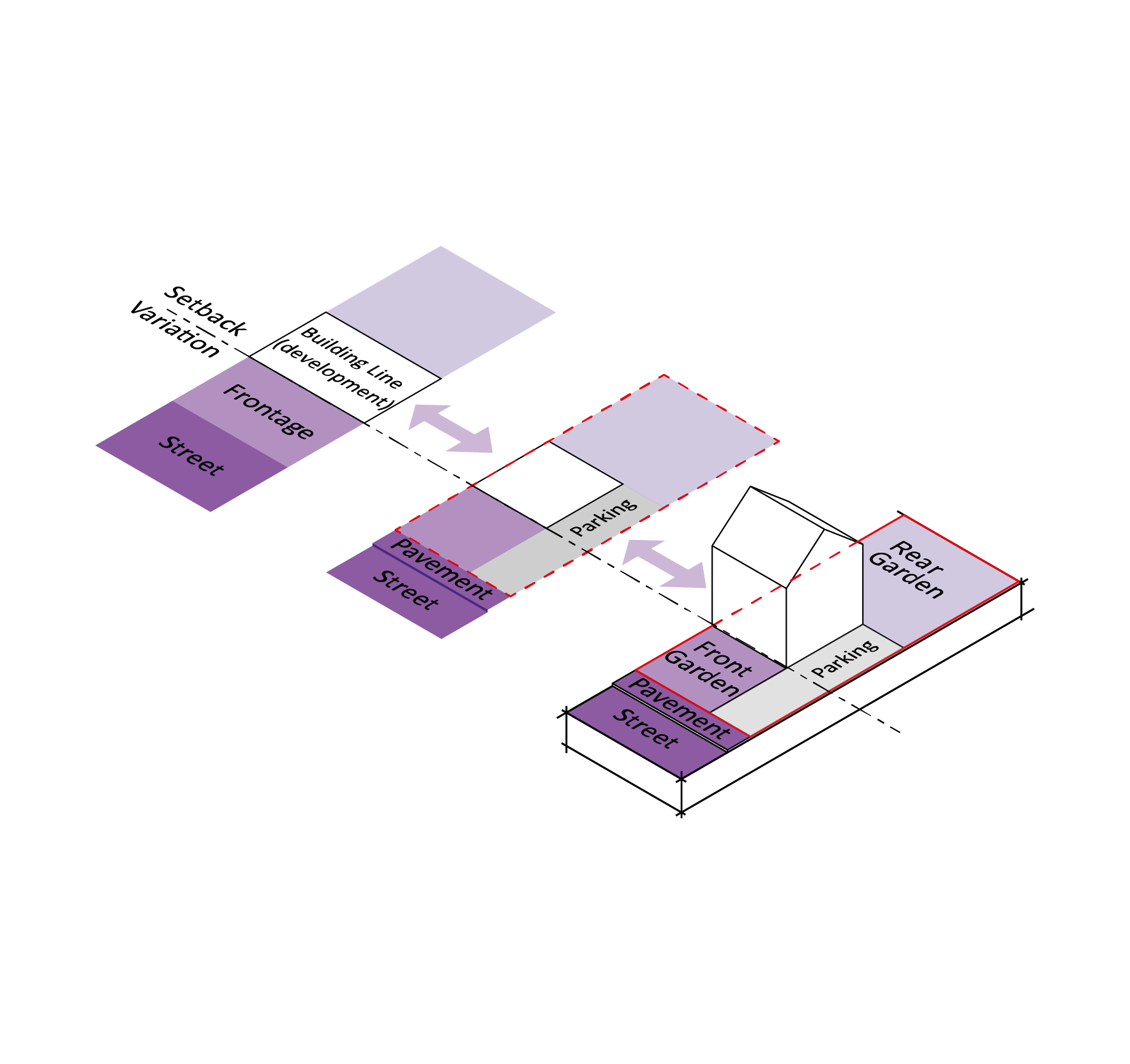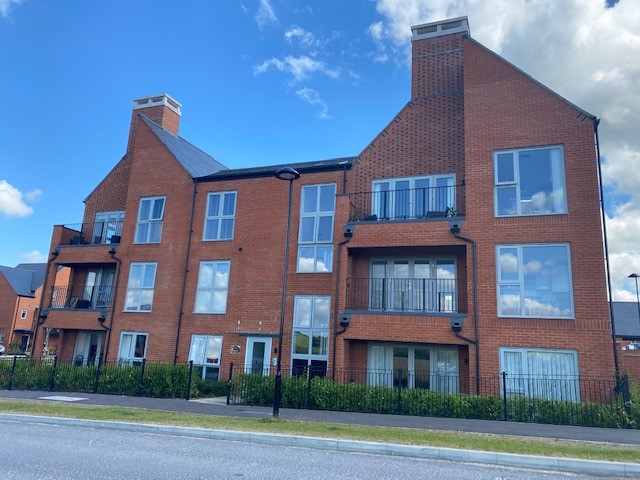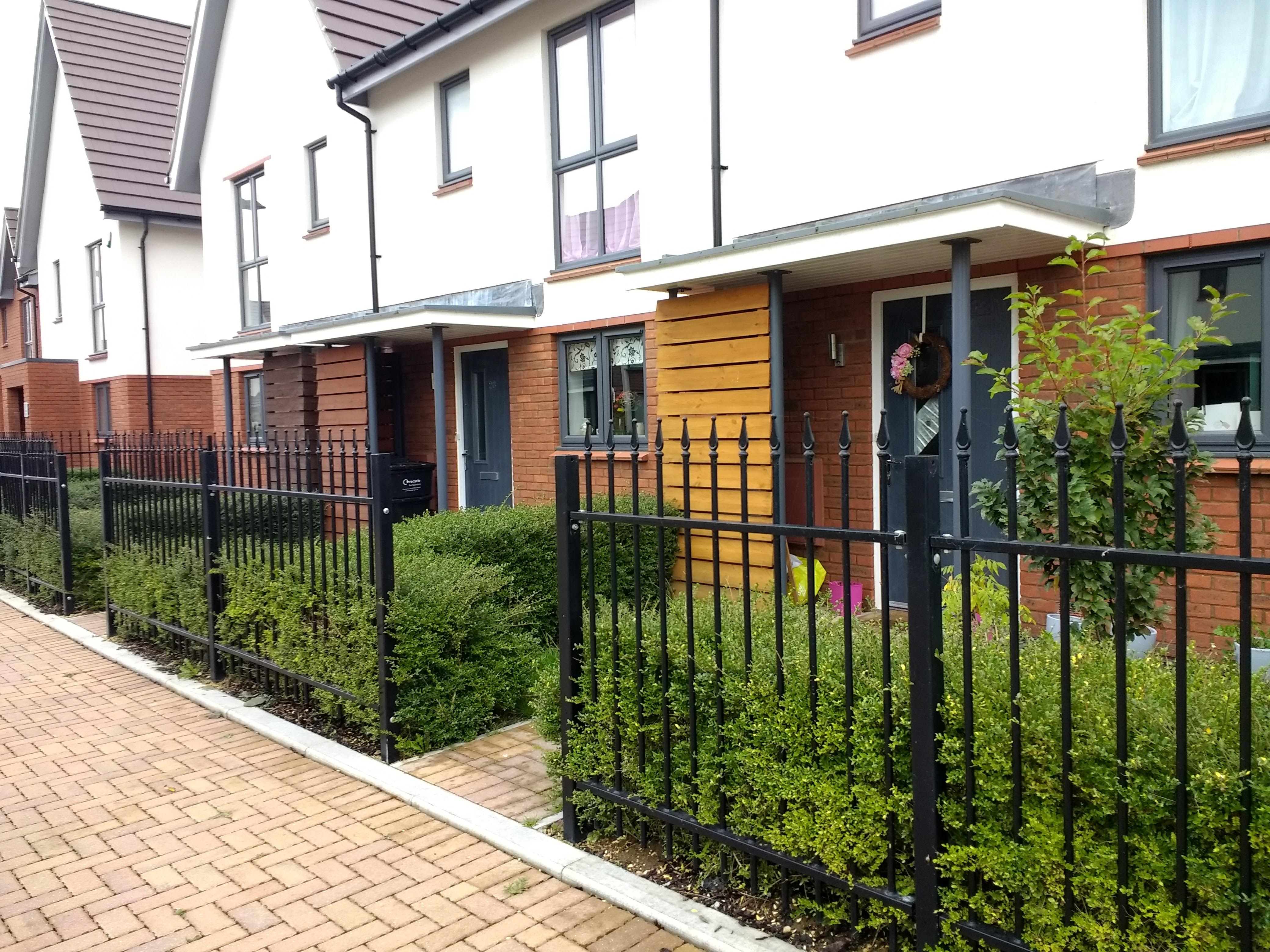Inform your design:
Indicate the size of plots and amenity space as part of identifying pattern and density;
Include technical studies including sun paths (sun angle diagrams) and wind modelling, where appropriate.






